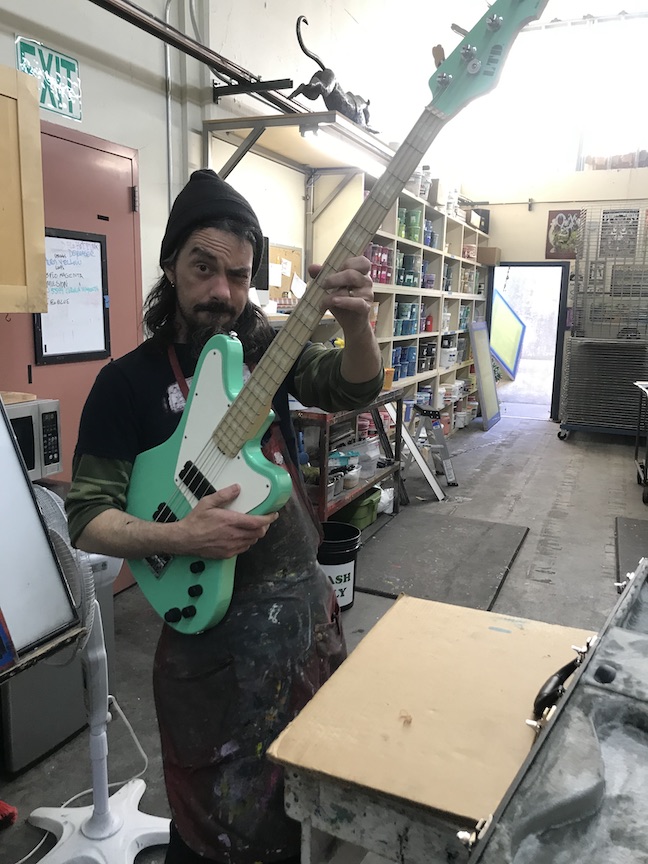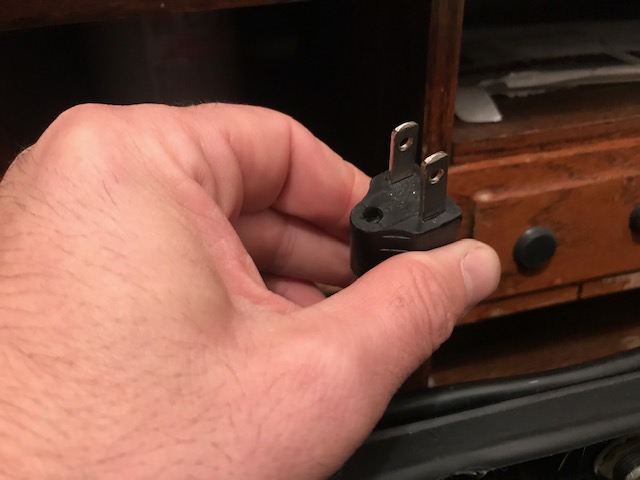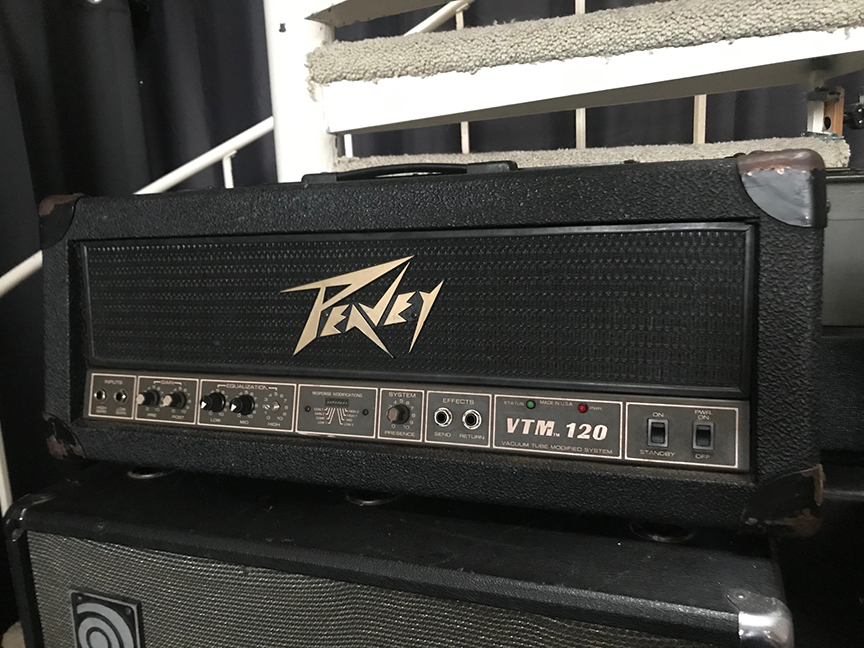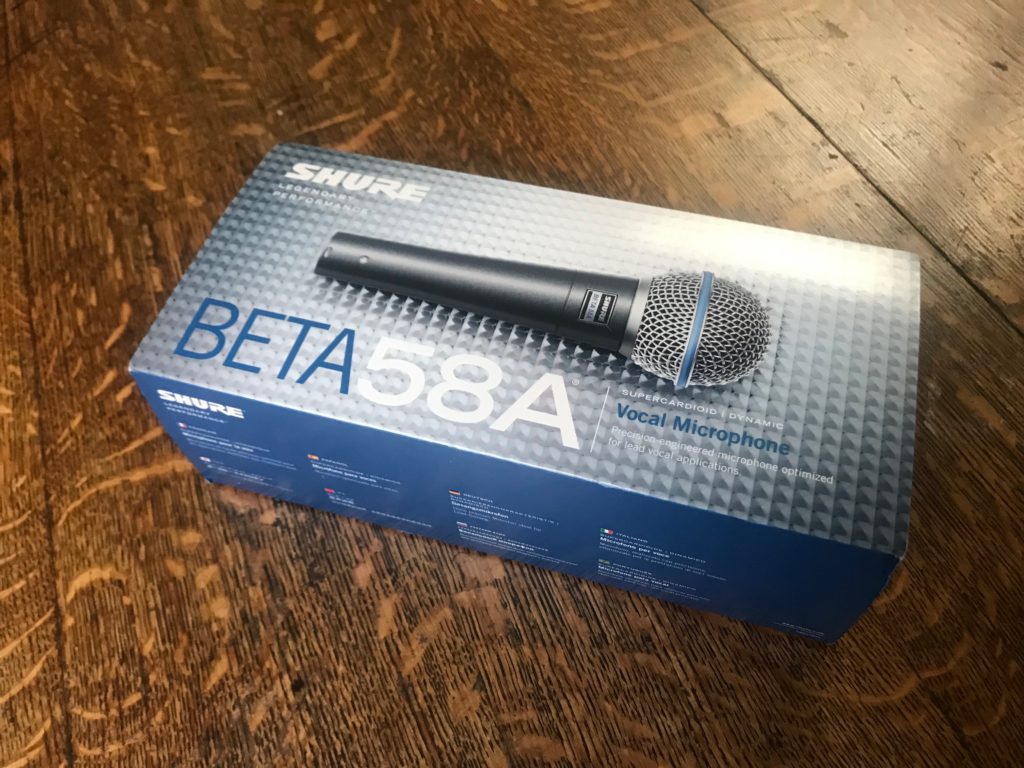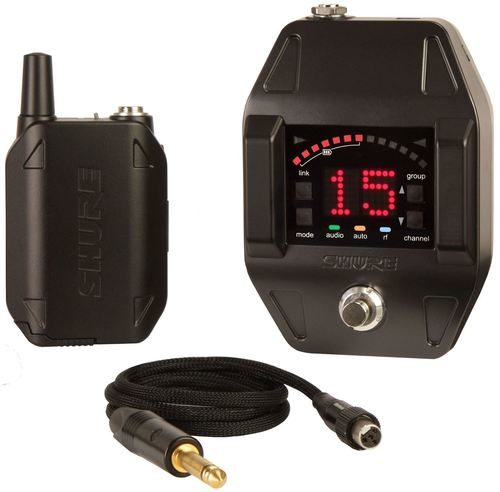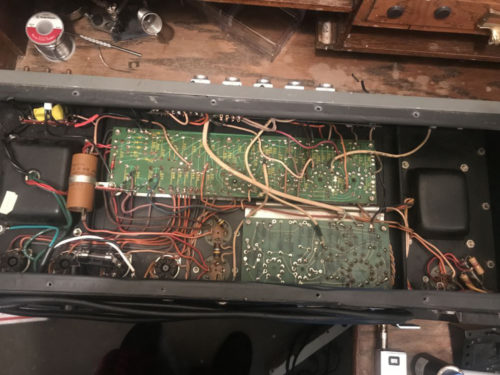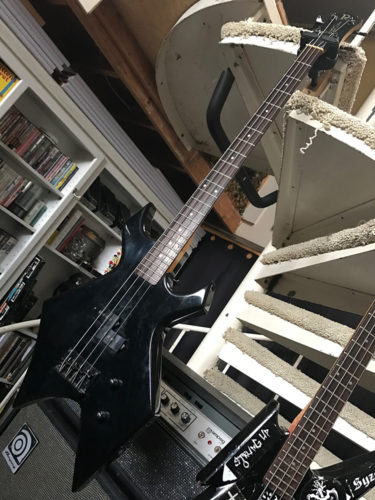A friend picked up this classic Acoustic Model 220 solid-state amp for cheap. It did not work. She figured it was worth the gamble of $50 to buy a non-functioning amp and see if she knew someone who could fix it. The call went up on Facebook for anyone willing to take a look and I answered it.
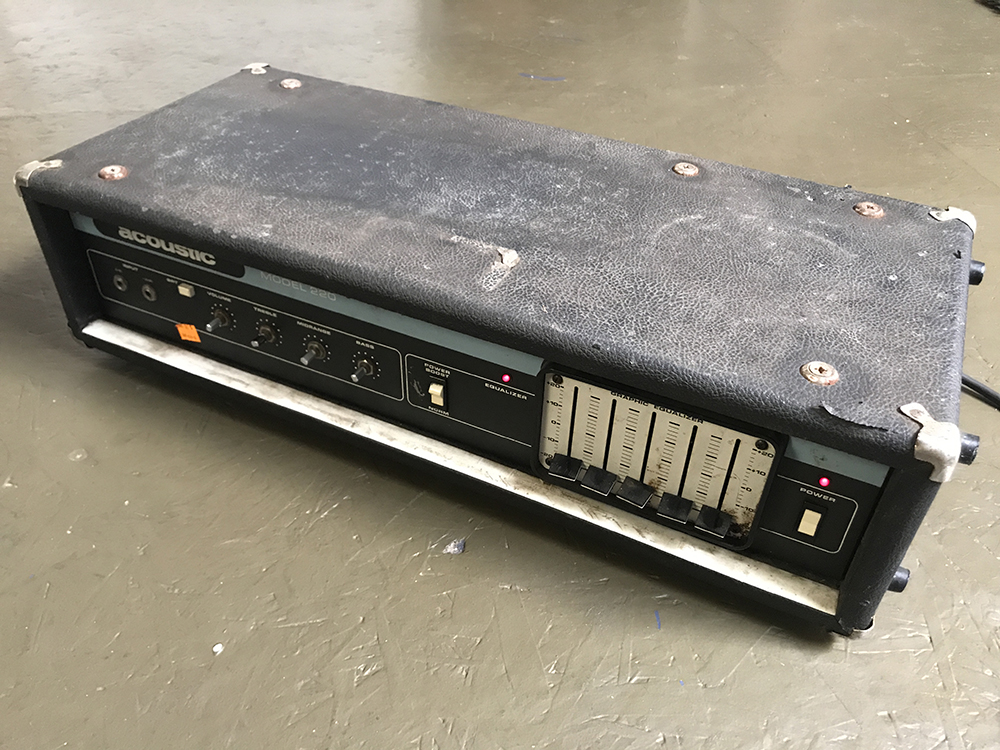
She had two amps, actually, for me to take a look at. The other was an Acoustic 370, another great piece of solid-state hardware. That one was easy; it had a cracked solder weld and was easily patched. This one was a little trickier. Considering the age of the amp, though, it was still easy and a testament to how durable these old solid-states really are.
Continue reading “Operating Theater: Acoustic Model 220”
